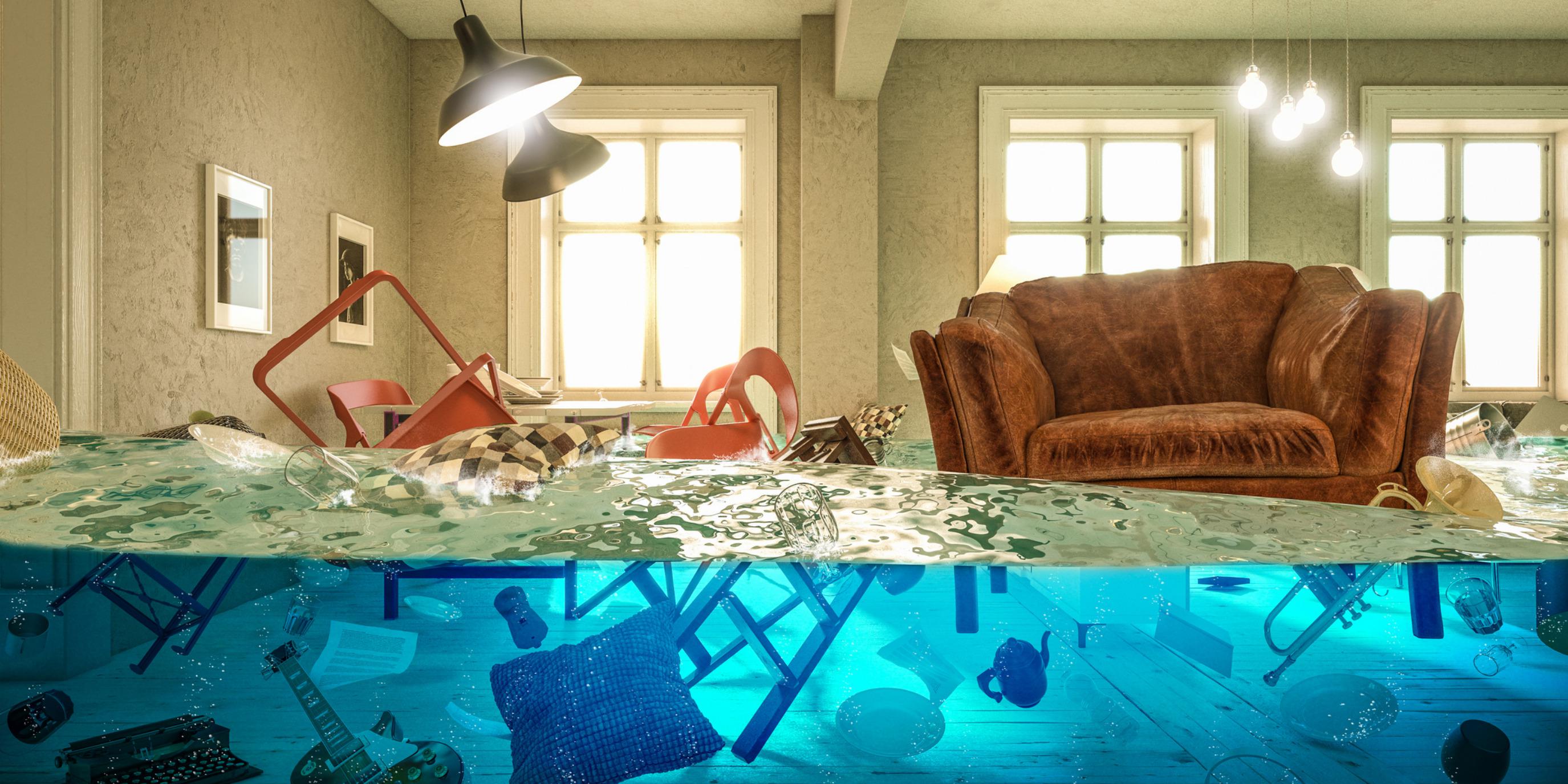The flooding caused by Hurricane Harvey in Texas and Louisiana has damaged hundreds of thousands of homes, and the recovery ahead will continue for months. Unfortunately, the hurricane season isn't over, and more storms are on the way. Flood-affected homeowners will be hard at work removing carpeting, drywall and sheetrock to prevent mold growth. But before they can begin rebuilding, many will have to remove electrical wiring, outlets, switches and more.
Electrical repairs have the potential for danger under normal circumstances, and adding water to the mix increases that potential significantly. So while this is not a DIY project, owners returning to their flooded homes should still be prepared for the decisions that lie ahead.
Don’t Assume It’s Safe to Enter
We all know that water and electricity don’t mix. Unfortunately, not all of us know the full ins and outs of electrical safety. And that’s why it’s important to have a flooded home checked out by an electrician, utility worker or firefighter before you reenter.
Simply shutting off the power to a home at the main breaker switch isn’t enough to guarantee safety. If nearby homes are using generators for emergency power, that energy can flow back into the grid, creating an electrocution risk. To render a home completely safe, an electrician may need to disconnect the electric meter.
Once a qualified professional gives the all-clear, it’s safe to begin the most urgent cleanup tasks. But the electrical repair work should not only be performed by licensed electricians, it should also be coordinated with other rebuilding efforts like the replacement of drywall and insulation.
A Fresh Start
In some cases, submerged wiring in a flooded home may technically be salvageable. But even in the best-case scenario, keeping old wiring comes with some risk of corrosion or premature failure.
Hurricane Harvey’s flooding was caused by rain, which presents a smaller corrosion risk than flooding from a storm surge of salty seawater. But the rainwater also collected spilled chemicals, automotive fluids and other hazardous liquids that may leave behind a residue that’s just as corrosive. If your home floods during a hurricane, expect to replace all electrical components and equipment below the water line.
Sorting out what must be replaced and what can be salvaged is another job for a trained electrician. It’s important to have an electrician conduct a complete electrical survey before repairs begin to define the scope of work, and after repairs are completed, to confirm that the home is functional and safe.
Everything Must Go
Any appliances or electronics that took on at least a few inches of water will likely need to be replaced. Insulated appliances like refrigerators, freezers, ovens and tank water heaters are usually unsalvageable because the wet insulation cannot be replaced. Appliances with motors or compressors are often destroyed when those components are below the waterline, but may be saved if the water wasn’t deep enough to reach the central unit.
If you have an appliance that you think may be salvageable, remove it from the home and allow it to air dry in a covered area for several days. Most importantly, have it inspected, repaired and deemed safe by a repair professional before attempting to plug it in.
A safety check from a licensed electrician is a crucial early step after any flooding event. For emergency electrical services of any kind, your local local Mister Sparky is ready to answer the call.
















